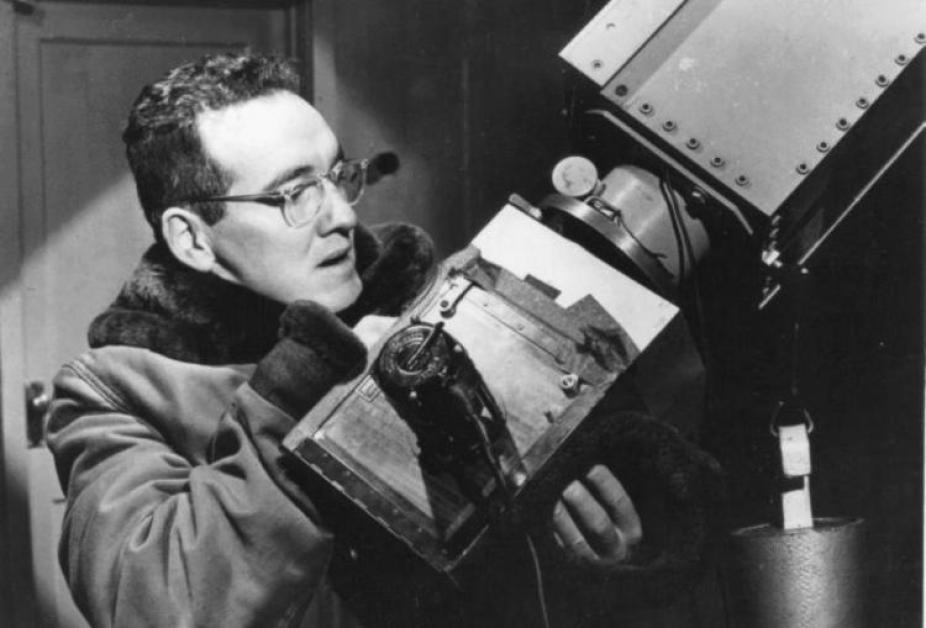History of HAO
See the HAO History Photo Gallery.
Although the Sun has been the most studied star in the heavens, little was known about the structure of its atmosphere or the role of its magnetic fields, or much at all about the fundamental motions of its surface or interior, until fairly recently. The past six decades have been productive ones for solar physics, and the High Altitude Observatory at NCAR has been a core contributor to that productivity.

Walter Orr Roberts
In 1940, Harvard graduate student Walter Orr Roberts and his doctoral adviser, astrophysicist Donald Menzel, founded a small solar observing station high on the Continental Divide in Climax, Colorado. Here, Walt Roberts installed the Western Hemisphere's first Lyot coronagraph, an instrument that uses a metal occulting disc to block off the face of the Sun, creating an artificial eclipse and rendering the corona visible. The solar corona, the very hot but extremely dim outer part of the Sun's atmosphere, is of particular interest to scientists because its structure reflects the Sun's global magnetic fields, providing a window for investigating fundamental solar processes.
Roberts' assignment at the observatory was to last only one year, but, with the country's sudden entry into the war, he remained at Climax as sole observer, making daily observations of the solar chromosphere and corona. These coronal observations from Climax, with their implications for potential disturbance of terrestrial radio communications, became essential to the war effort. From these small beginnings, the station evolved into the High Altitude Observatory and grew substantially after the war. In the late forties, HAO's laboratory and administrative facilities were transferred to the University of Colorado and the gentler climate of Boulder. Walt Roberts also helped the Air Force establish the Sacramento Peak Observatory in Sunspot, New Mexico.
Throughout the 1950s, under Walt Roberts as director, HAO scientists modified coronagraphs, flying them in high-altitude balloons to better observe the corona without interference from earth's atmosphere. Starting in 1952, HAO inaugurated the first of numerous total eclipse field expeditions in remote locations around the world. Solar physics entered a new era of solar observations in 1960 -- this time from space. In that year as well, HAO formally became a division of a newly-established research institute in Boulder, the National Center for Atmospheric Research. Roberts was appointed director of NCAR as well as president of the University Corporation for Atmospheric Research (UCAR), which managed the center. The rationale for making an astronomical institution a part of an atmospheric research organization was sound. The radiative input from the Sun is the driving force for all atmospheric motions. Anything that alters that radiative input in any way is important for understanding climatic variations and other large-scale changes in the terrestrial atmospheric system.
Today's Observatory program includes numerical simulation of convection, radiation transport, and large-scale dynamics in both the solar and terrestrial atmospheres, plus observational programs to measure the Sun's output of magnetized plasma and radiation over the 11 year sunspot cycle of the Sun. This broad program draws it strength from a professional staff firmly grounded in basic physics, astrophysics, and atmospheric physics.
See the HAO History Photo Gallery.